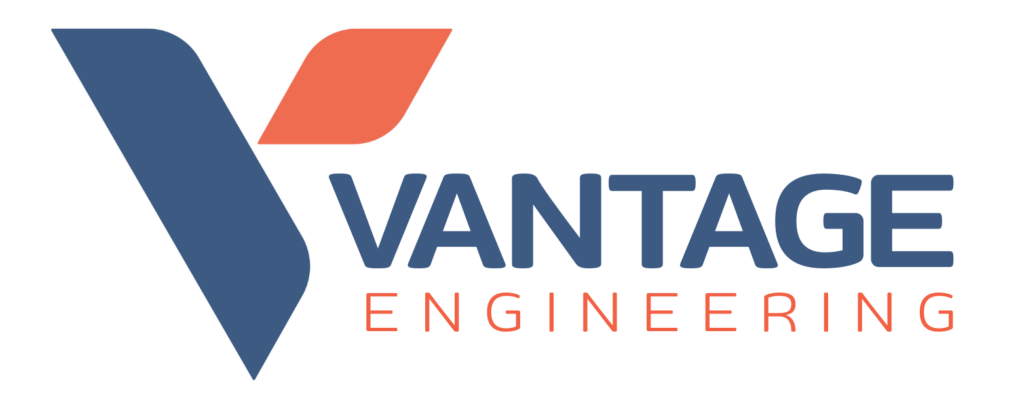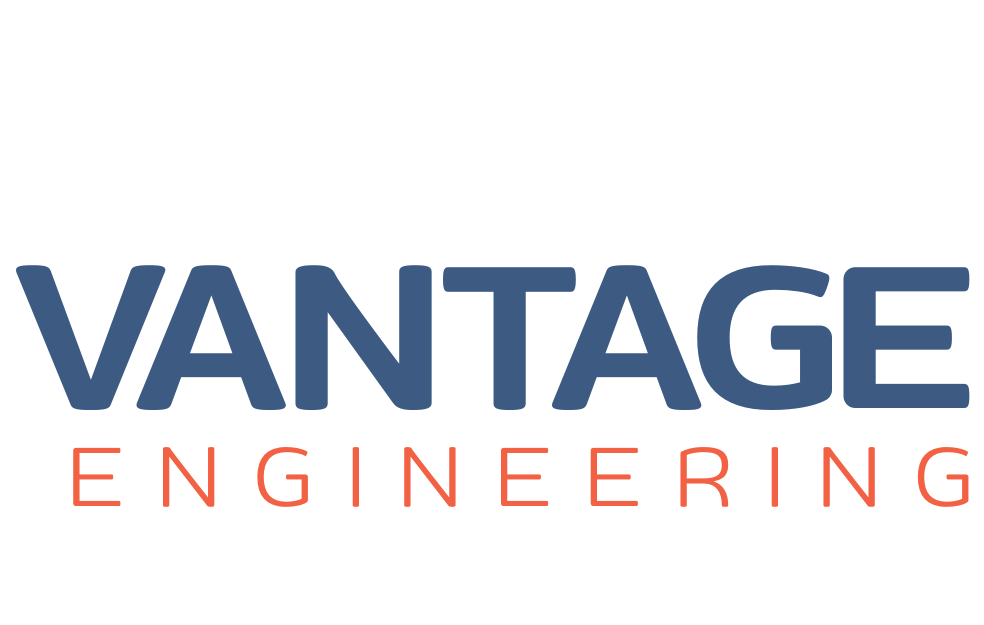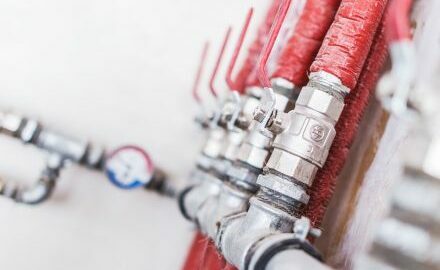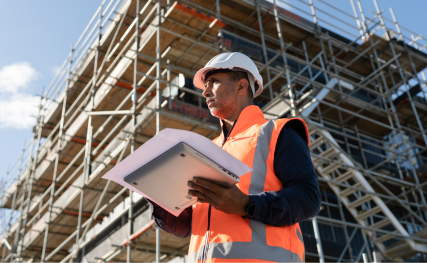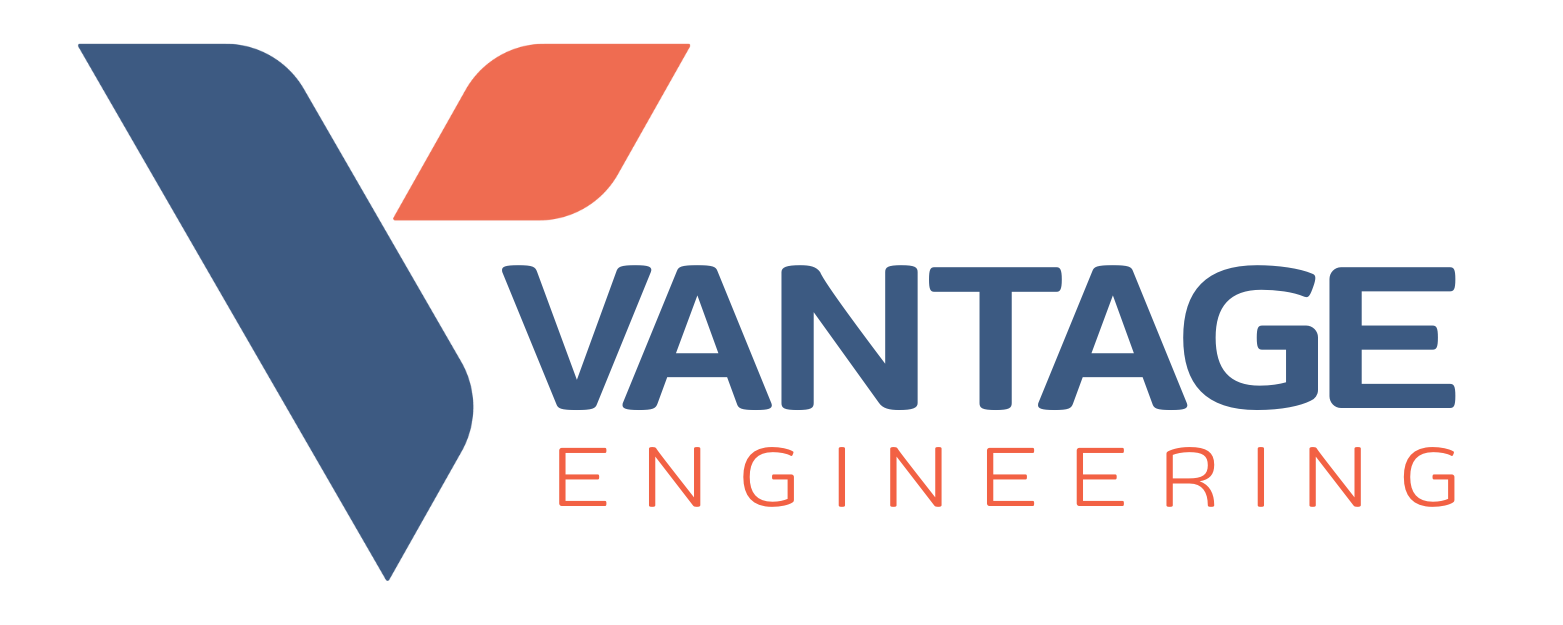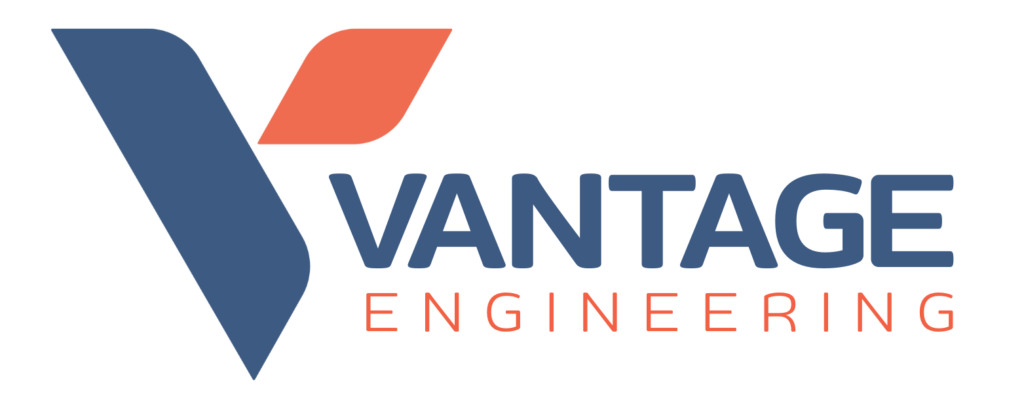In a country where bushfires, urban density, and extreme weather events pose constant threats, fire protection engineering is a cornerstone of Australia’s building safety framework. From high-rise apartments in Melbourne to remote mining facilities in Western Australia, fire risks demand tailored solutions that align with stringent standards like the National Construction Code (NCC 2022) and AS 1851:2012 (maintenance of fire systems). With the 2019–2020 Black Summer bushfires still fresh in national memory and rapid urbanization increasing fire risks in cities, adopting best practices in fire protection engineering is non-negotiable for safeguarding lives, assets, and compliance.
Why Fire Protection Engineering Matters in Australia
Australia’s unique challenges require a proactive approach:
- Bushfire-Prone Areas: Over 30% of Australian homes are in bushfire-risk zones, necessitating compliance with AS 3959:2018 (construction in bushfire-prone areas).
- Urban High-Rise Risks: The 2014 Lacrosse Tower fire in Melbourne highlighted the dangers of flammable cladding, leading to stricter NCC regulations on materials.
- Climate Change Impacts: Longer, hotter fire seasons and more frequent extreme weather events escalate risks to infrastructure and emergency response systems.
Fire incidents cost Australia $3.2 billion annually in damages and lost productivity. Robust fire protection engineering mitigates these risks while ensuring compliance with state and federal laws.
Best Practices for Australian Fire Safety & Compliance
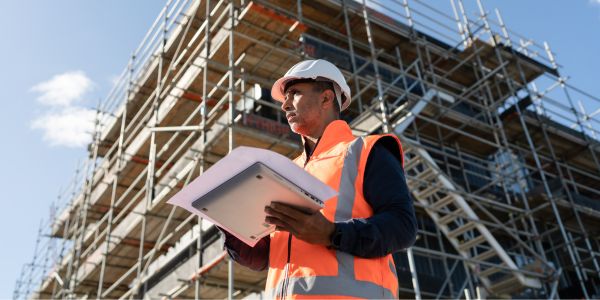
1. Design for Bushfire Resilience (BAL Ratings)
In bushfire-prone regions, buildings must meet Bushfire Attack Level (BAL) requirements, which dictate construction materials, ember protection, and fire-resistant landscaping. Key strategies include:
- Ember-Sealed Ventilation: Use fine mesh screens and fire-rated vents to prevent ember ingress.
- Non-Combustible Materials: Specify materials like concrete, steel, or BAL-rated timber for exteriors.
- Water Supply Readiness: Integrate dedicated firewater tanks and pumps compliant with AS 2304:2019 (fire water storage).
2. Passive and Active Fire Systems Integration
- Passive Protection: Fire-rated walls, floors, and doors (AS 1530.4) compartmentalize flames and smoke. Post-Grenfell Tower reforms in Australia mandate stricter cladding compliance (NCC Vol. 1 C1.9).
- Active Systems:
– Sprinkler Systems: Align with AS 2118 for automatic fire sprinklers, critical in high-occupancy buildings.
– Smoke Control: Pressurization systems in stairwells and atria (AS 1668.1) ensure safe evacuation routes.
– Fire Detection & Alarms: Addressable alarm systems (AS 1670) with emergency communication (EWIS) for high-rises.
3. Cladding Audits and Remediation
Following the 2017 Combustible Cladding Audit, states like Victoria and NSW mandated rectification of non-compliant aluminium composite panels (ACP). Fire engineers play a key role in:
- Conducting Fire Hazard Assessments (FHA) to identify risks.
- Specifying replacement materials (e.g., A2-s1,d0 rated panels) and overseeing remediation.
4. Compliance with Australian Standards
- AS 1851:2012: Regular inspection and maintenance of fire systems.
- NCC 2022: Updated requirements for emergency lighting, exit signage, and fire-resistant construction.
- AS 4428:2023: Fire safety audits for existing buildings.
5. Occupancy-Specific Solutions
- Healthcare Facilities: Fire-resistant medical gas systems and compartmentalization to protect vulnerable occupants.
- Industrial Sites: Hazardous material storage compliant with AS 1940 and explosion-proof electrical systems.
- High-Rise Residential: Mandatory annual fire safety declarations (e.g., NSW’s Environmental Planning and Assessment Regulation 2021).
Case Studies: Australian Fire Engineering in Action
- Sydney’s Opal Tower: Post-2018 structural issues prompted a fire safety overhaul, including upgraded sprinklers and cladding replacement to meet BAL standards.
- Adelaide’s RAH Hospital: Fire engineers designed smoke spill systems and fire-rated ICU units to ensure continuity during emergencies.
- Regional Victoria School Retrofit: Bushfire-resilient upgrades (ember guards, water pumps) aligned with BAL-FZ (Flame Zone) requirements.
Emerging Trends & Technologies
- Digital Twin Modelling: Simulate fire scenarios to optimize evacuation routes and system response.
- AI-Powered Detection: Cameras and sensors that identify fire risks before ignition, tested in Melbourne’s smart building pilots.
- Green Fire Suppression: Low-GWP agents replacing harmful halons, compliant with Australia’s Ozone Protection Act.
Navigating Australian Compliance
- State Variations: Queensland’s Building Fire Safety Regulation 2008 vs. Victoria’s Building Regulations 2018.
- Certification: Ensure fire engineers are accredited under the Fire Protection Accreditation Scheme (FPAS).
- Documentation: Maintain logbooks (AS 1851-2012) and submit Annual Fire Safety Statements (AFSS) in NSW.
Conclusion
In Australia’s evolving risk landscape, fire protection engineering is not just about compliance—it’s about resilience. By integrating bushfire-ready design, cutting-edge technology, and rigorous adherence to Australian Standards, stakeholders can protect communities and avoid costly penalties.
